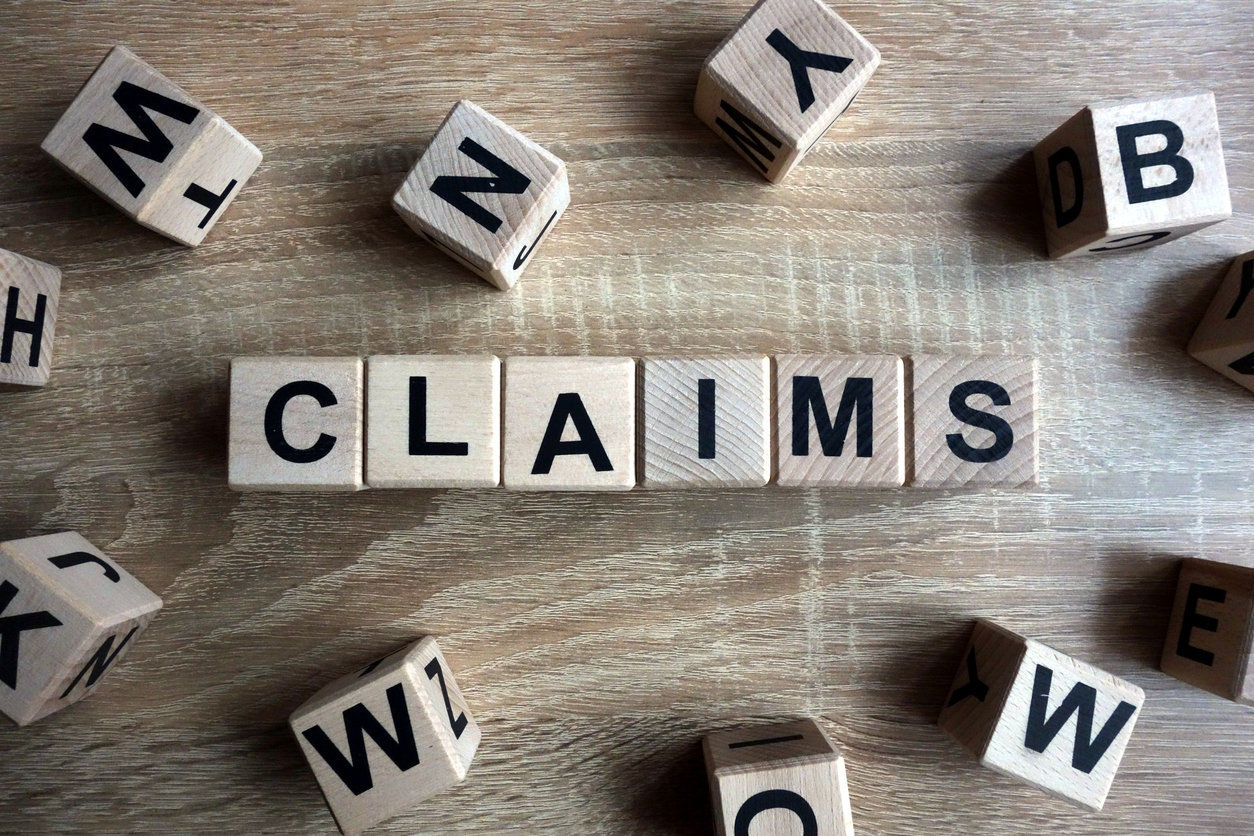Business owners don’t need an economist to tell them how dramatically their profits have been affected by the COVID-19 pandemic. For those owners who are separated from their spouse, these poor results are impacting how much “available income” they have to pay child and spousal support.
A previous blog posting discussed whether a pandemic-related drop in income can create a “material change in circumstances” resulting in a variation in support payments. This post discusses some of the more intricate details surrounding “available income” that remains, including how COVID-19 may impact guideline income determination.
The U.S. Department of Commerce recently announced that 2020 Q1 GDP declined 4.8%. While Canada has yet to release its figures, some estimates are projecting a 10% decline. Forecasts for Q2 are even more dire.
The effects are being seen by business owners in all sectors in Nova Scotia, including retail, restaurants, construction, car dealerships, spas and hair salons, dentists, to name a few.
Guideline Income of a Business Owner
The first step in determining the child or spousal support obligation of a business owner is to determine that person’s income according to rules contained in the Federal Child Support Guidelines (“FCSG”) – referred to as “guideline income”. In doing so, lawyers and accountants (including the authors) look at factors such as the “pattern of income” of the owner and the “income available” in the corporation. The economic effects of the pandemic are affecting both the pattern of income and the income available to an owner and will therefore have far-reaching effects in support cases.
Pattern of Income
In determining guideline income, the FCSG directs us to look to the last three years of income to observe if there is a pattern of income, fluctuation of income, or receipt of a non-recurring amount during those years. The pandemic will cause a downward fluctuation of income for many business owners, but also raises a question as to treatment of non-recurring funds received by businesses during the pandemic.
The Federal Government has created various aid programs to assist business owners. These programs include:
- Canada Emergency Wage Subsidy (CEWS)
A wage subsidy which may cover up to 75% of wage costs if revenues decline by a certain minimum percentage - Canada Emergency Commercial Rent Assistance (CECRA)
Rent relief for businesses with at least a 70% decline in revenue - Canada Emergency Business Account (CEBA)
An interest-free loan, with a portion being forgivable - Canada Emergency Response Benefit (CERB)
Provides up to $500 per week to qualified workers
Available to both employed and self-employed individuals
As these programs were established in response to the COVID-19 pandemic, one may argue that any amounts received are non-recurring and thereby should be omitted from income available for support purposes in accordance with section 17(1) of the FCSG. However, it would be inconsistent to expect a variation (reduction) in support obligations in response to the COVID-19 pandemic, but at the same time take the position that any benefits received from aid programs be excluded. Of course, there is certainly a possibility that the economic recession will outlast the government benefits, in which case the aid received may not offset and the reduction in “available income” may exceed any pandemic program support.
It also appears that the relief provided under these programs will be considered, for the most part, taxable income. Since amounts received may already be included in personal or corporate income for tax purposes, it will be important to track these aid payments in order to avoid double-counting. To the extent any non-taxable relief programs are introduced[1], it may be necessary to “gross-up” said amounts to a pre-tax equivalent. For simplicity, a gross-up essentially involves restating an amount to T4 equivalent dollars.
“Available Income”
In determining the guideline income of a shareholder, director or officer of a corporation, that person’s tax return is only one piece of information considered. The FCSG states that such person’s guideline income may include “all of part of the pre-tax income of the corporation”. An often-contentious issue is the concept of “available income” and how that can vary from actual income generated by the business. For instance, a business may report pre-tax income of say $200,000 but only $150,000 of that amount is actually available to its shareholder, with the difference being devoted to working capital and debt repayments. The “unavailable” portion is not necessarily the minimum amount that a business is required to retain[2].
Given the economic uncertainty associated with the COVID-19 pandemic, businesses may be extending credit terms to customers or reducing their own debt loads. For example, a business which usually (pre COVID-19) required 20% of its pre-tax income for working capital and debt repayments may now be increasing that to 40% and, therefore, not only has its net income decreased, its percentage of available income has decreased as well.
Other Items
A final important factor in determining the guideline income of a business owner includes an analysis of payments the business makes to non-arm’s length individuals (such as other family members) and personal expenses funded by the business. Such amounts are generally added back to the pre-tax income of the corporation prior to determining the income available to the shareholder for support purposes.
Personal expenses and non-arm’s length wages that are deducted for corporate tax purposes may become more apparent during 2020 as business activity regresses. For example, if business revenues are down 40% but motor vehicle expenses remain unchanged, that may be indicative of an expense that is personal in nature. The same could be said for non-arm’s length wages that remain unchanged, in that a portion of the ongoing amount may be in excess of fair value.
Some businesses may have business interruption insurance coverage which responds to the pandemic[3]. However, it may take some time to determine if that coverage exists and, more over, for the claim to reach a resolution. Like the previous discussion regarding federal aid, it is possible that the insurance proceeds will be interpreted as a non-recurring item and thereby excluded from income.
Finally, it may be frustrating for divorced business owners who have recently equalized on the value of a business, only to see that value decline significantly as a result of the pandemic while at the same time be responsible for ongoing support payments without variation (reduction). It is important to understand that the value of a business is measured at a point in time (i.e. based on what was known at the valuation date). Therefore, the fact that a business was worth $1M at December 31, 2019 does not change as the result of an unforeseen circumstance, such as the COVID-19 impact, which transpired thereafter. The pandemic’s impact on business valuation will be addressed in a subsequent post.
By Jarrett Reaume and Christine Doucet, Partner at MDW Law.
The statements or comments contained within this article are based on the author’s own knowledge and experience and do not necessarily represent those of the firm, other partners, our clients, or other business partners.
- See, for example: Pothier v Pothier, 2017 NSSC 230





































































